Finance
JPMorgan Chase is prepared to sue the U.S. government over Zelle scams
Published
7 months agoon
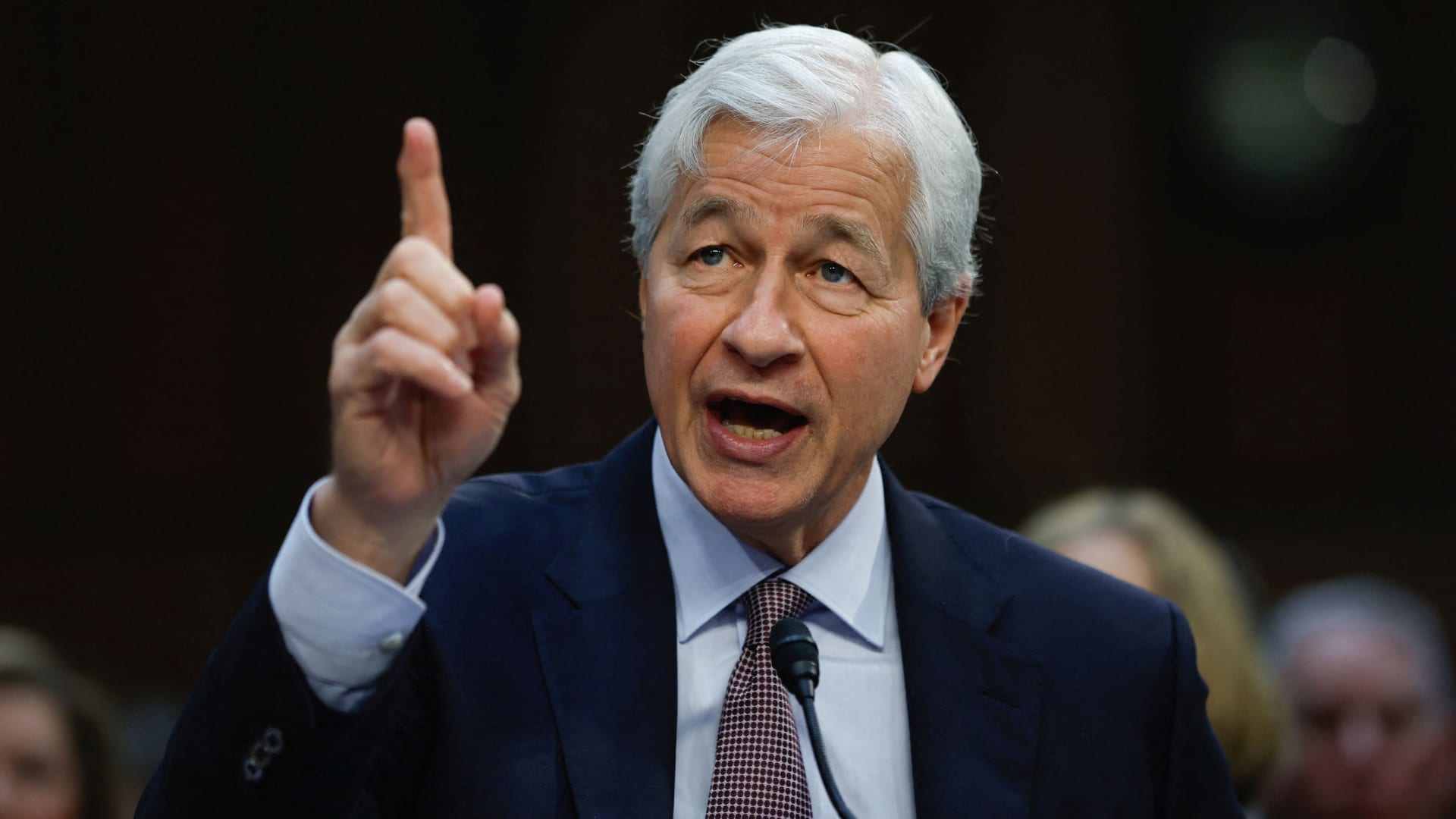
JPMorgan Chase CEO and Chairman Jamie Dimon gestures as he speaks during the U.S. Senate Banking, Housing and Urban Affairs Committee oversight hearing on Wall Street firms, on Capitol Hill in Washington, D.C., on Dec. 6, 2023.
Evelyn Hockstein | Reuters
Buried in a roughly 200-page quarterly filing from JPMorgan Chase last month were eight words that underscore how contentious the bank’s relationship with the government has become.
The lender disclosed that the Consumer Financial Protection Bureau could punish JPMorgan for its role in Zelle, the giant peer-to-peer digital payments network. The bank is accused of failing to kick criminal accounts off its platform and failing to compensate some scam victims, according to people who declined to be identified speaking about an ongoing investigation.
In response, JPMorgan issued a thinly veiled threat: “The firm is evaluating next steps, including litigation.”
The prospect of a bank suing its regulator would’ve been unheard of in an earlier era, according to policy experts, mostly because corporations used to fear provoking their overseers. That was especially the case for the American banking industry, which needed hundreds of billions of dollars in taxpayer bailouts to survive after irresponsible lending and trading activities caused the 2008 financial crisis, those experts say.
But a combination of factors in the intervening years has created an environment where banks and their regulators have never been farther apart.
Trade groups say that in the aftermath of the financial crisis, banks became easy targets for populist attacks from Democrat-led regulatory agencies. Those on the side of regulators point out that banks and their lobbyists increasingly lean on courts in Republican-dominated districts to fend off reform and protect billions of dollars in fees at the expense of consumers.
“If you go back 15 or 20 years, the view was it’s not particularly smart to antagonize your regulator, that litigating all this stuff is just kicking the hornet’s nest,” said Tobin Marcus, head of U.S. policy at Wolfe Research.
“The disparity between how ambitious [President Joe] Biden’s regulators have been and how conservative the courts are, at least a subset of the courts, is historically wide,” Marcus said. “That’s created so many opportunities for successful industry litigation against regulatory proposals.”
Assault on fees
Those forces collided this year, which started out as one of the most consequential for bank regulation since the post-2008 reforms that curbed Wall Street risk-taking, introduced annual stress tests and created the industry’s lead antagonist, the CFPB.
In the final months of the Biden administration, efforts from a half-dozen government agencies were meant to slash fees on credit card late payments, debit transactions and overdrafts. The industry’s biggest threat was the Basel Endgame, a sweeping proposal to force big banks to hold tens of billions of dollars more in capital for activities like trading and lending.
“The industry is facing an onslaught of regulatory and potential legislative change,” Marianne Lake, head of JPMorgan’s consumer bank, warned investors in May.
JPMorgan’s disclosure about the CFPB probe into Zelle comes after years of grilling by Democrat lawmakers over financial crimes on the platform. Zelle was launched in 2017 by a bank-owned firm called Early Warning Services in response to the threat from peer-to-peer networks including PayPal.
The vast majority of Zelle activity is uneventful; of the $806 billion that flowed across the network last year, only $166 million in transactions was disputed as fraud by customers of JPMorgan, Bank of America and Wells Fargo, the three biggest players on the platform.
But the three banks collectively reimbursed just 38% of those claims, according to a July Senate report that looked at disputed unauthorized transactions.
Banks are typically on the hook to reimburse fraudulent Zelle payments that the customer didn’t give permission for, but usually don’t refund losses if the customer is duped into authorizing the payment by a scammer, according to the Electronic Fund Transfer Act.
A JPMorgan payments executive told lawmakers in July that the bank actually reimburses 100% of unauthorized transactions; the discrepancy in the Senate report’s findings is because bank personnel often determine that customers have authorized the transactions.
Amid the scrutiny, the bank began warning Zelle users on the Chase app to “Stay safe from scams” and added disclosures that customers won’t likely be refunded for bogus transactions.
JPMorgan declined to comment for this article.
Dimon in front
The company, which has grown to become the largest and most profitable American bank in history under CEO Jamie Dimon, is at the fore of several other skirmishes with regulators.
Thanks to his reputation guiding JPMorgan through the 2008 crisis and last year’s regional banking upheaval, Dimon may be one of few CEOs with the standing to openly criticize regulators. That was highlighted this year when Dimon led a campaign, both public and behind closed doors, to weaken the Basel proposal.
In May, at JPMorgan’s investor day, Dimon’s deputies made the case that Basel and other regulations would end up harming consumers instead of protecting them.
The cumulative effect of pending regulation would boost the cost of mortgages by at least $500 a year and credit card rates by 2%; it would also force banks to charge two-thirds of consumers for checking accounts, according to JPMorgan.
The message: banks won’t just eat the extra costs from regulation, but instead pass them on to consumers.
While all of these battles are ongoing, the financial industry has racked up several victories so far.
Some contend the threat of litigation helped convince the Federal Reserve to offer a new Basel Endgame proposal this month that roughly cuts in half the extra capital that the largest institutions would be forced to hold, among other industry-friendly changes.
It’s not even clear if the watered-down version of the proposal, a long-in-the-making response to the 2008 crisis, will ever be implemented because it won’t be finalized until well after U.S. elections.
If Republican candidate Donald Trump wins, the rules might be further weakened or killed outright, and even under a Kamala Harris administration, the industry could fight the regulation in court.
That’s been banks’ approach to the CFPB credit card rule, which aimed to cap late fees at $8 per incident and was set to go into effect in May.
A last-ditch effort from the U.S. Chamber of Commerce and bank trade groups successfully delayed its implementation when Judge Mark Pittman of the Northern District of Texas sided with the industry, granting a freeze of the rule.
‘Venue shopping’
A key playbook for banks has been to file cases in conservative jurisdictions where they are likely to prevail, according to Lori Yue, a Columbia Business School associate professor who has studied the interplay between corporations and the judicial system.
The Northern District of Texas feeds into the 5th Circuit Court of Appeals, which is “well-known for its friendliness to industry lawsuits against regulators,” Yue said.
“Venue-shopping like this has become well-established corporate strategy,” Yue said. “The financial industry has been particularly active this year in suing regulators.”
Since 2017, nearly two-thirds of the lawsuits filed by the U.S. Chamber of Commerce challenging federal regulations have been in courts under the 5th Circuit, according to an analysis by Accountable US.
Industries dominated by a few large players — from banks to airlines, pharmaceutical companies and energy firms — tend to have well-funded trade organizations that are more likely to resist regulators, Yue added.
The polarized environment, where weakened federal agencies are undermined by conservative courts, ultimately preserves the advantages of the largest corporations, according to Brian Graham, co-founder of bank consulting firm Klaros.
“It’s really bad in the long run, because it locks in place whatever the regulations have been, while the reality is that the world is changing,” Graham said. “It’s what happens when you can’t adopt new regulations because you’re terrified that you’ll get sued.”
— With data visualizations by CNBC’s Gabriel Cortes.
Don’t miss these insights from CNBC PRO
You may like
Finance
These are 3 big things we’re watching in the stock market this week
Published
1 hour agoon
April 27, 2025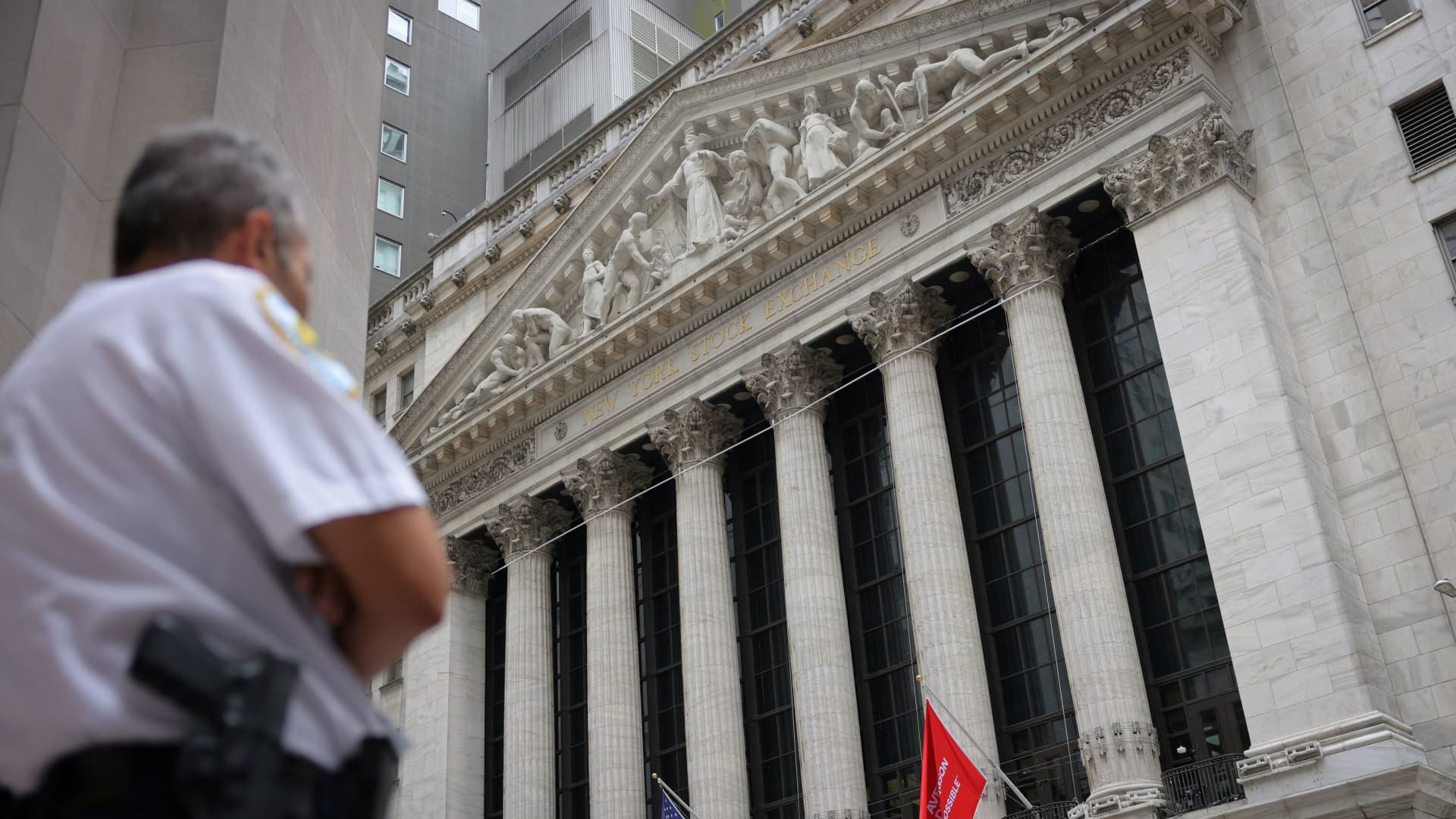
A security guard works outside the New York Stock Exchange (NYSE) before the Federal Reserve announcement in New York City, U.S., September 18, 2024.
Andrew Kelly | Reuters
The stock market bounce last week showed once again just how dependent Wall Street has become on the whims of the White House.
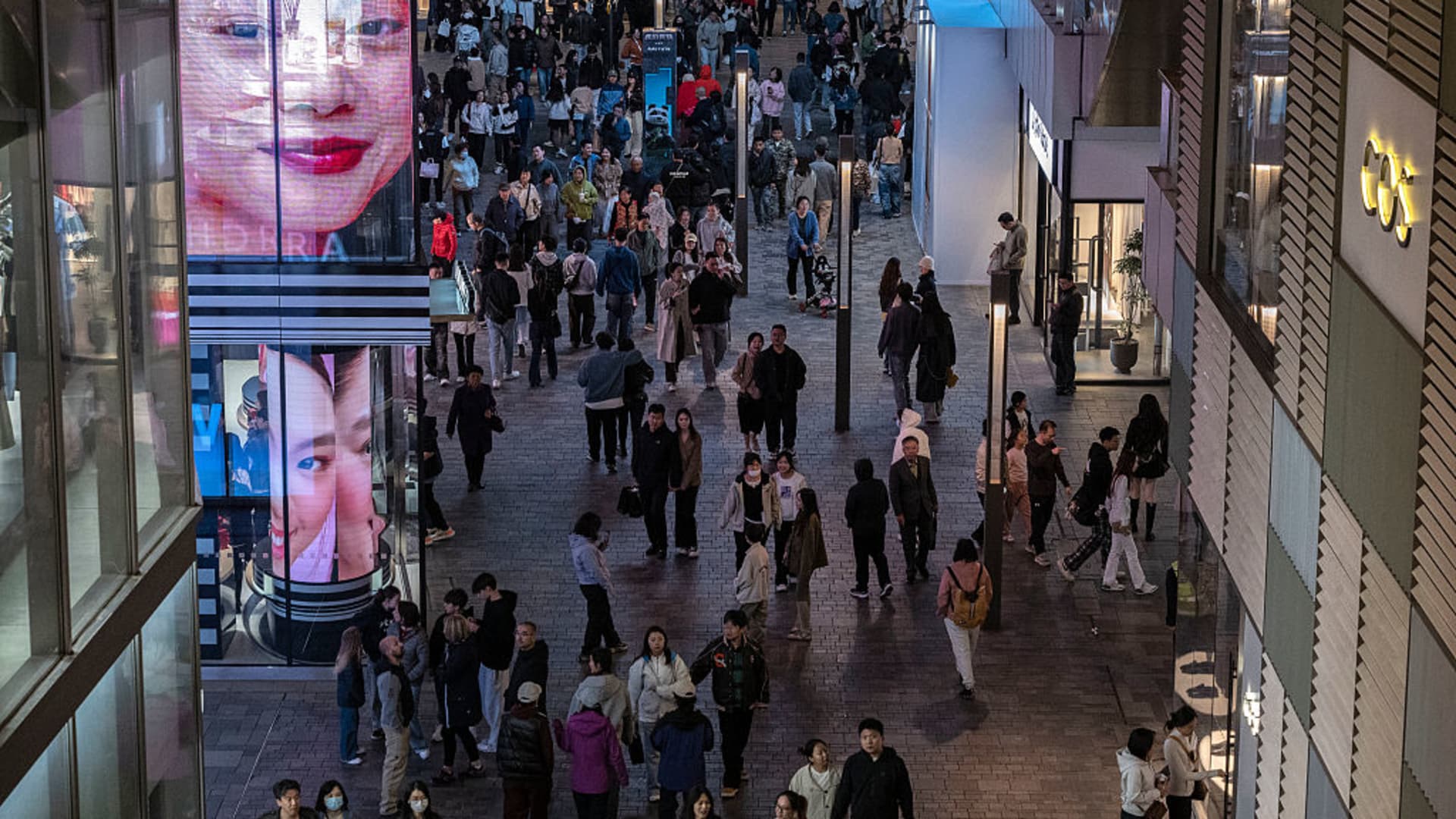
U.S. brands are rapidly losing their appeal in China as locals increasingly prefer competitive homegrown players, especially as economic growth slows, according to a TD Cowen survey released Thursday. While overall preference for Western brands dropped to 9%, down from 14% last year, certain American companies face higher risks than others, the report said, citing in-person interviews of 2,000 consumers with varied income levels in larger Chinese cities. TD Cowen partnered with an unnamed Beijing-based advisory firm to conduct the survey in February 2025, following a similar study in May 2024. The analysts see Apple ranking among the better-positioned brands in China. But they warned that several other American companies face high regional risks despite management optimism. China’s top leaders on Friday acknowledged the growing effect of trade tensions, and pledged targeted measures for struggling businesses. The official readout stopped short of a full-on stimulus announcement. “This year’s survey was conducted before the US-China trade war intensified, though threats were on the horizon,” the TD Cowen analysts said. “Add this factor to the equation, and it’s easy to see why uncertainty will remain elevated and households are likely to remain cautious going forward.” The survey found income expectations declined, with the share of respondents expecting a decline in pay over the next 12 months rising to 10% from 6%. In particular, Chinese consumers plan to spend less on a beauty items over the next six months, the survey showed, while increasing their preference for Chinese brands. U.S. cosmetics giant Estée Lauder retained first place in terms of highest awareness among Western beauty brands in China, but preference among consumers dropped to 19.6% of respondents, down from 24.3% last year. That contrasted with increases in respondents expressing a preference for the second and third market players Lancome and Chanel, respectively. In the quarter that ended Dec. 31, Estée Lauder said its Asia Pacific net sales fell 11%, due partly to “subdued consumer sentiment in mainland China, Korea and Hong Kong.” Asia Pacific accounted for 32% of overall sales in the quarter. In the lucrative sportswear category, Nike “lost meaningful preference in every category” versus last year, while local competitors Li-Ning and Anta saw gains, the survey found. TD Cowen’s analysis showed that among U.S. sportswear brands facing the most earnings risk relative to consensus expectations, Nike has the highest China sales exposure at 15%. “The China market is one characterized as a growth opportunity for sport according to Nike management in its recent fiscal Q3:25 earnings call in March 2025,” the analysts said, “but that the macro offers an increasingly challenging operating environment.” It’s not necessarily about slower growth or nationalism. While the survey found a 4-percentage-point drop in preference for foreign apparel and footwear brands, it also showed a 3-percentage-point increase in the inclination to buy the “best” product regardless of origin. “The implied perception here is that Western brands are offering less in the way of best product or value,” the TD Cowen analysts said. Starbucks similarly is running into fierce local competition while trying to maintain prices one-third or more above that of competitor Luckin Coffee, the report said. The survey found that the U.S. coffee giant “lags peers in terms of value and quality perception improvement.” Other coffee brands such as Manner, Tim’s, Cotti, %Arabica and M Stand have also expanded recently in China. Starbucks’ same-store sales in China fell 6% year on year in the quarter that ended Dec. 29, bringing the region’s share of total revenue to just under 8%. More worrisome is that a highly anticipated coffee boom in China may not materialize. “We note daily and weekly frequency of purchase among coffee drinkers are decreasing, suggesting the coffee habit seen in the U.S. is not taking hold in China,” the analysts said. They noted a new ownership structure for Starbucks‘ China business would be positive for the stock given the lack of near-term catalysts. TD Cowen rates Starbucks a buy, but has hold ratings on Nike and Estée Lauder.
Finance
Apple iPhone assembly in India won’t cushion China tariffs: Moffett
Published
1 day agoon
April 26, 2025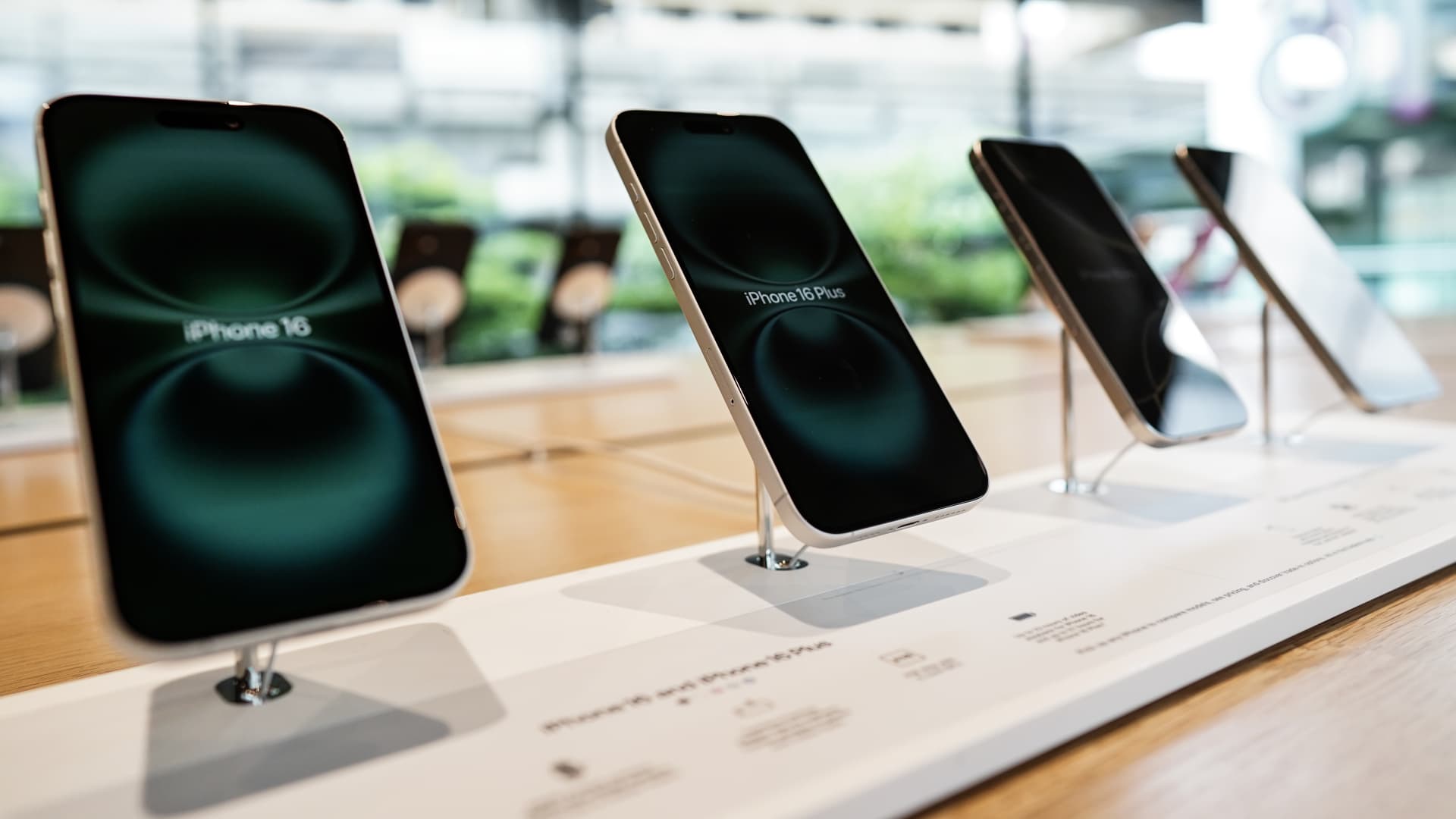

Leading analyst Craig Moffett suggests any plans to move U.S. iPhone assembly to India is unrealistic.
Moffett, ranked as a top analyst multiple times by Institutional Investor, sent a memo to clients on Friday after the Financial Times reported Apple was aiming to shift production toward India from China by the end of next year.
He’s questioning how a move could bring down costs tied to tariffs because the iPhone components would still be made in China.
“You have a tremendous menu of problems created by tariffs, and moving to India doesn’t solve all the problems. Now granted, it helps to some degree,” the MoffettNathanson partner and senior managing director told CNBC’s “Fast Money” on Friday. “I would question how that’s going to work.”
Moffett contends it’s not so easy to diversify to India — telling clients Apple’s supply chain would still be anchored in China and would likely face resistance.
“The bottom line is a global trade war is a two-front battle, impacting costs and sales. Moving assembly to India might (and we emphasize might) help with the former. The latter may ultimately be the bigger issue,” he wrote to clients.
Moffett cut his Apple price target on Monday to $141 from $184 a share. It implies a 33% drop from Friday’s close. The price target is also the Street low, according to FactSet.
“I don’t think of myself as the biggest Apple bear,” he said. “I think quite highly of Apple. My concern about Apple has been the valuation more than the company.”
Moffett has had a “sell” rating on Apple since Jan. 7. Since then, the company’s shares are down about 14%.
“None of this is because Apple is a bad company. They still have a great balance sheet [and] a great consumer franchise,” he said. “It’s just the reality of there are no good answers when you are a product company, and your products are going to be significantly tariffed, and you’re heading into a market that is likely to have at least some deceleration in consumer demand because of the macro economy.”
Moffett notes Apple also isn’t getting help from its carriers to cushion the blow of tariffs.
“You also have the demand destruction that’s created by potentially higher prices. Remember, you had AT&T, Verizon and T. Mobile all this week come out and say we’re not going to underwrite the additional cost of tariff [on] handsets,” he added. “The consumer is going to have to pay for that. So, you’re going to have some demand destruction that’s going to show up in even longer holding periods and slower upgrade rates — all of which probably trims estimates next year’s consensus.”
According to Moffett, the backlash against Apple in China over U.S. tariffs will also hurt iPhone sales.
“It’s a very real problem,” Moffett said. “Volumes are really going to the Huaweis and the Vivos and the local competitors in China rather than to Apple.”
Apple stock is coming off a winning week — up more than 6%. It comes ahead of the iPhone maker’s quarterly earnings report due next Thursday after the market close.
To get more personalized investment strategies, join us for our next “Fast Money” Live event on Thursday, June 5, at the Nasdaq in Times Square.

These are 3 big things we’re watching in the stock market this week

As Real ID deadline approaches, there are ‘workarounds,’ experts say

These U.S. consumer stocks face higher China risks

New 2023 K-1 instructions stir the CAMT pot for partnerships and corporations

The Essential Practice of Bank and Credit Card Statement Reconciliation

Are American progressives making themselves sad?
Trending
-

 Personal Finance1 week ago
Personal Finance1 week agoIRS’ free tax filing program is at risk amid Trump scrutiny
-

 Economics1 week ago
Economics1 week agoTrump’s approval rating on economy at lowest of presidential career
-

 Blog Post1 week ago
Blog Post1 week agoDocumenting Bookkeeping Processes and Procedures
-

 Economics1 week ago
Economics1 week ago‘He should bring them down’
-
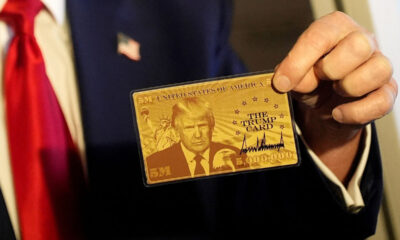
 Economics7 days ago
Economics7 days agoDonald Trump wants a certain kind of immigrant: the uber-rich
-
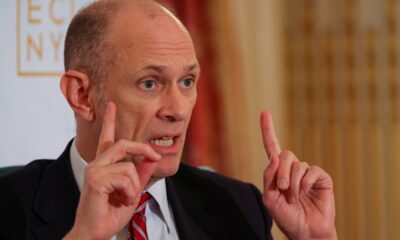
 Economics7 days ago
Economics7 days agoTrump tariffs could cause summer economic slump: Chicago Fed president
-

 Economics1 week ago
Economics1 week agoChecks and Balance newsletter: The Democrats’ future is up for grabs
-
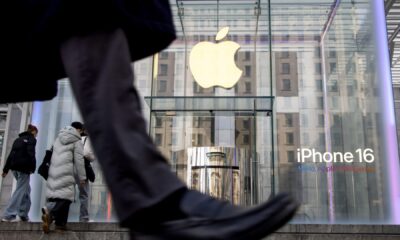
 Personal Finance5 days ago
Personal Finance5 days agoConsumers are making different financial choices in response to tariffs
